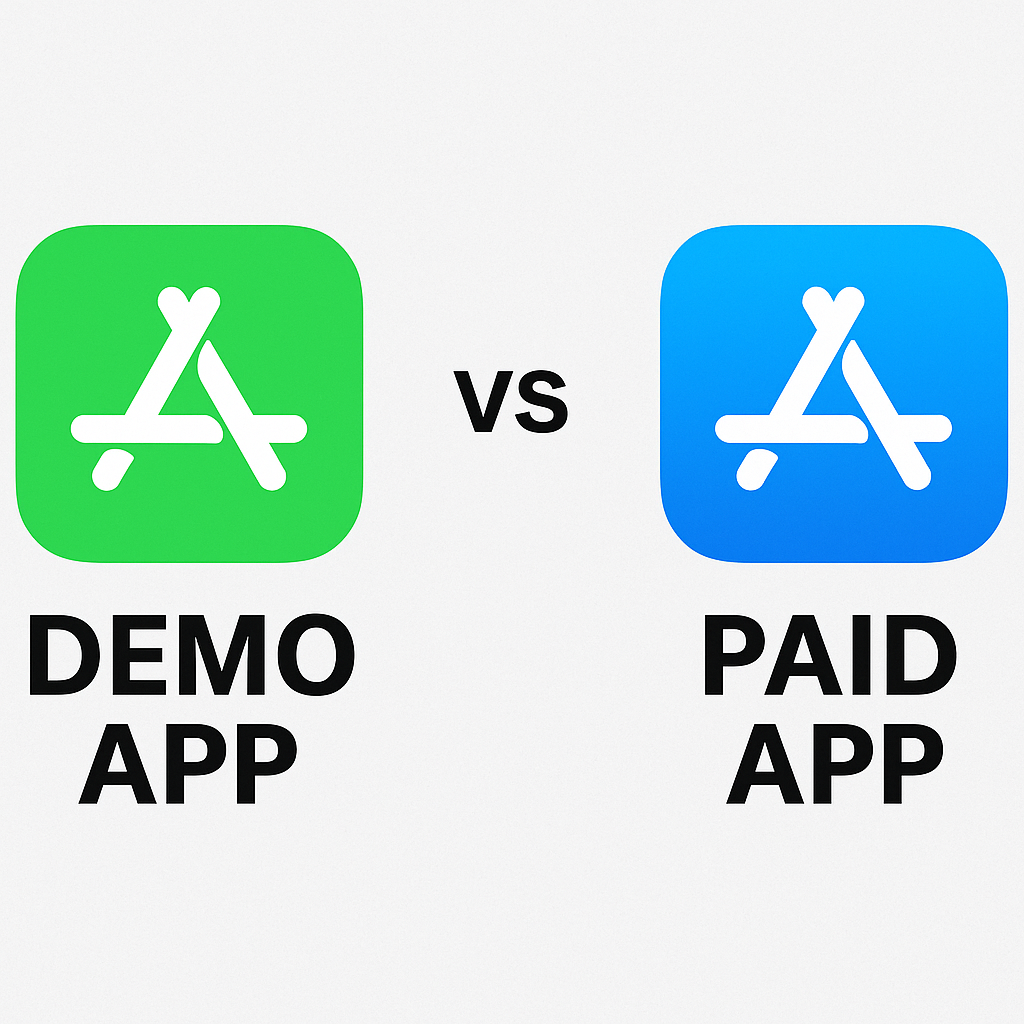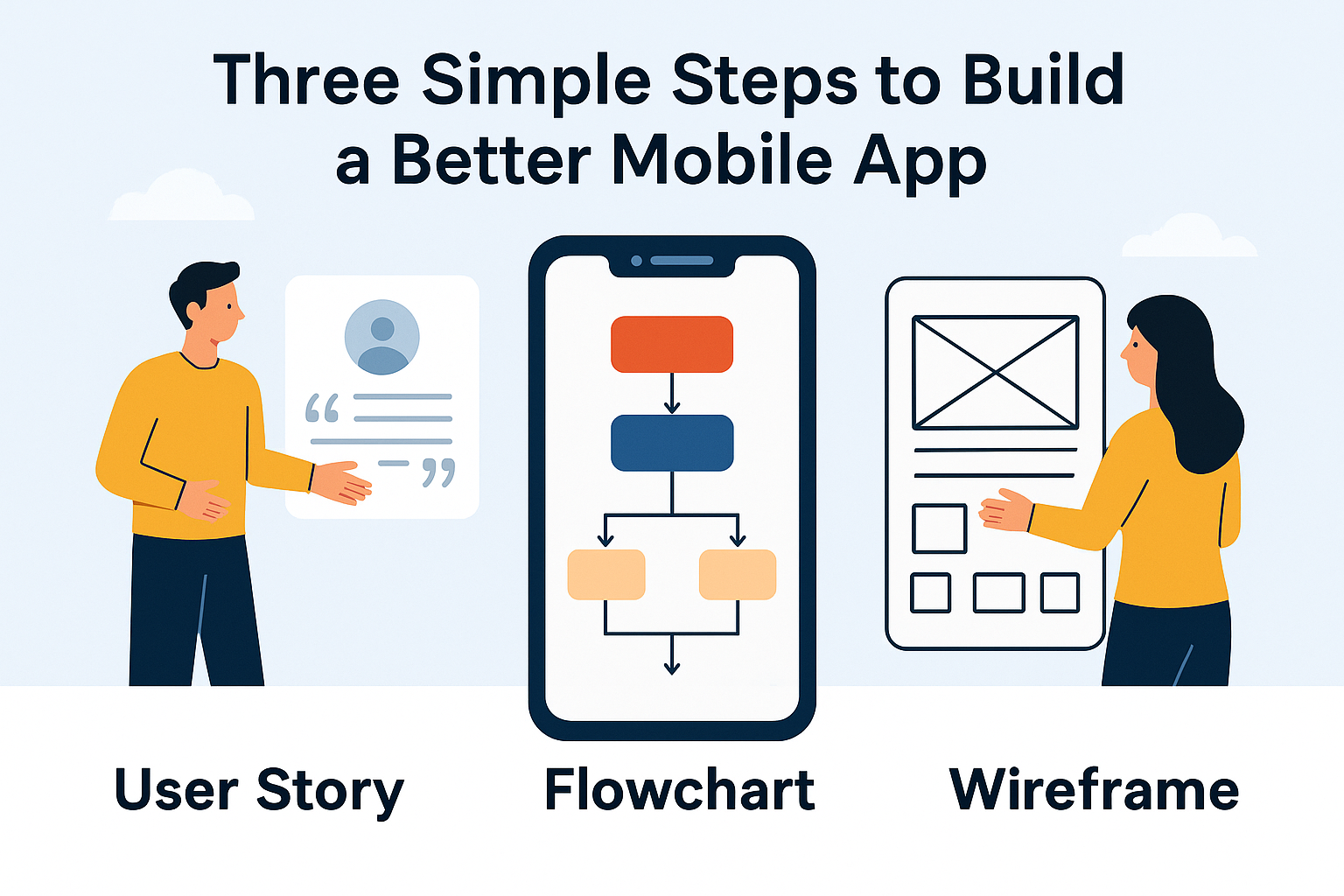App Sales Data Between Demo and Paid Versions Compared
If you’ve ever tried launching an app—whether it’s a game, a productivity tool, or something totally niche—you’ve probably wrestled with this question: Should I offer a free demo version, or just go straight for a paid-only app?
It’s a tough call. I’ve worked with app developers on both ends of the spectrum, and the truth is, there’s no one-size-fits-all answer. But what I can tell you is this: the sales data and user behavior between demo and paid versions can look drastically different—and those numbers can shape the long-term future of your app.
So in this article, I’m breaking it down. Let’s look at the real differences in performance, revenue, and user retention between apps that start with a free version and those that go paid from day one.
Demo vs Paid Apps: What’s the Real Difference?
Before diving into the data, let’s define the terms:
A demo app (also called freemium or free-to-try) gives users access to limited features or time-based trials. It’s meant to hook people and get them to upgrade to the full version.
A paid app requires users to purchase it upfront to unlock everything. No trial. No freebie. Just pay and play.
Now, here’s where things get interesting: While free apps get way more downloads, that doesn’t always translate into more money.
The Numbers: Sales Performance Compared
Let’s take a look at some key data points pulled from app analytics platforms like RevenueCat, App Annie, and developer reports.
📊 Average Conversion Rates
| App Model | Average Conversion to Paid |
|---|---|
| Freemium Demo | 2%–5% |
| Paid-Only App | 100% (every install is a sale) |
This seems obvious—if you charge upfront, every download is revenue. But there’s a catch: you might not get nearly as many installs to begin with.
📥 Install Volume
| Model | Install Volume Trend |
|---|---|
| Free Demo | 10x–20x more downloads |
| Paid App | Lower install rate, but higher intent |
Demo apps bring in more users. But most won’t pay. Only a small percentage of users ever convert to full access—unless your app is addictive or essential.
According to RevenueCat’s 2023 report, demo apps with trial periods longer than 4 days see up to 60% higher conversion compared to those with shorter trials. So timing matters, a lot.
What About Revenue Per User (ARPU)?
Let’s say you have 1,000 downloads—your revenue may vary drastically depending on what price point you choose.
In a paid app model, if you charge $3.99, you’ve made $3,990 (minus App Store fees).
In a freemium model, converting just 3% of users still works well for apps designed with upsell potential—so 30 paying users, even if they spend $9.99, that’s $299.70.
So paid apps win, right?
Not necessarily. Because if your demo app gets 100,000 installs, and even 2% convert, you’re at 2,000 paying users. Now that’s $19,980 in revenue from a free app that just performed better in reach and visibility.
In short: paid apps = higher ARPU, but free apps = higher volume and potential upside.
Retention and Engagement Metrics
This is where demo apps have a harder job. Most free users drop off fast—one reason why free-to-play success depends heavily on retention.
Demo apps: Only about 24% of users stick around after day 1 unless there’s a strong hook (Source: Appsflyer retention benchmarks).
Paid apps: Higher commitment means users engage longer. People who pay are more likely to use it regularly—because they want a return on investment.
If your app needs time to show its value (like a budgeting app or a language-learning tool), a demo version may backfire if users don’t stick around long enough to get hooked.
User Behavior Insight: What Do People Expect?
Based on user reviews and App Store feedback, here’s what I’ve seen users expect from each model:
Demo apps should be clear about limitations. If users feel tricked or misled, your ratings will crash.
Paid apps must deliver polish from day one. No one wants to pay for something that feels incomplete or buggy.
So whichever route you go, set expectations early.
When a Demo Version Makes Sense
You might want to offer a free/demo version if:
Your app solves a long-term problem, and users need to test it.
You have strong upsell points (extra features, content packs, premium tools).
You’re trying to grow fast and build a user base.
You plan to monetize through subscriptions, ads, or in-app purchases.
When You Should Consider Paid-Only
On the other hand, a straight paid model works better when:
Your app is simple, solves a direct problem, and shows value instantly.
You serve a niche audience (e.g., physicians, musicians, engineers).
You want to attract high-intent users, not browsers.
Your business relies on one-time payments rather than volume.
Some developers also use paid apps as a form of “quality filter.” Low-price barriers keep out less serious users, which means fewer support issues and better reviews.
What I’ve Learned Building and Launching Apps
I’ve helped clients test both models side-by-side, and here’s what’s worked best:
Start with a demo version if you’re not well-known yet. Let the market test your product before you demand money.
If people are willing to pay, switch to a hybrid model: keep the free version for exposure, and add upsells or subscriptions inside.
For niche B2B or productivity apps, a paid-only launch with a rock-solid demo video can work wonders.
Final Thoughts
Comparing app sales between demo and paid versions isn’t about which one is better—it’s about what works best for your app, your audience, and your goals.
If your goal is maximum reach and you’ve got a compelling feature set, the freemium model gives you more shots at winning users. But if you want tight control, less overhead, and direct revenue, a paid app can bring in quality users with fewer headaches.
Just remember: whichever model you pick, make sure your value is obvious—and your onboarding experience is rock solid. Because no matter the price, people only stick with apps that earn their trust fast.



